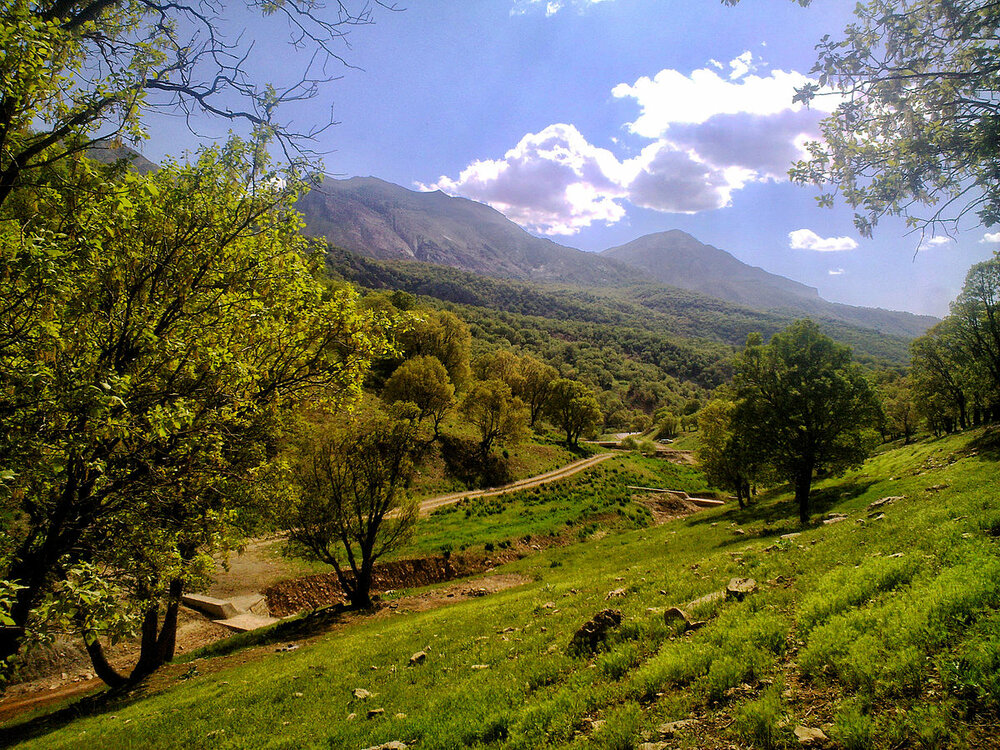5-year plan launched to safeguard Zagros forests

TEHRAN — A 5-year conservation plan for Zagros forests has been designed and gone into effect this year (starting on March 21), an official with Forest, Rangeland and Watershed Organization (FRWO) has said.
Zagros Mountains forest steppe ecoregion with an area of about 6 million hectares (3.5 percent of Iran) is located primarily in Iran, ranging northwest to southeast and roughly paralleling the country's western border. The forests constitute 40 percent of the country’s forested area and are stretching over 12 provinces. These forests have also been called western oak forests, due to the dominance of oak species.
According to the Science, Direct Western oak forests are home to many species including, the Persian squirrel which is the indicator species of this region. Persian squirrels and oak trees have symbiotic relationships, in which forests provide ecological requirements of Persian squirrels such as food and shelter and, in return, the Persian squirrel contributes in seed germination and forests’ regeneration.
A wide variety of wildlife, including wolves, leopards, and even the Persian fallow deer which was once thought extinct have made their homes in the mountains.
Fariborz Gheibi explained that the plan is comprising schemes for developing watershed management operations, increasing soil moisture, using cadaster [to fight against the land grabbers and restrict activities linked with land grabbing in the country], pest control, and fighting wildfires.
Zagros forests are vital to the country’s environment and are valuable water resources, however, based on the latest data provided by FRWO some 1.5 million of the forests are either suffering from disease or dying, ISNA news agency quoted Gheibi as saying on Friday.
He went on to say that the pan has been prepared last year (March 2018-March 2019) and implemented since the beginning of the current year.
Studies carried out to prepare the plan have recognized some 70 factors contributing to the death of the trees of which decreased soil moisture and temperature rise are considered the as the major causes behind the trend, he highlighted.
The importance of Zagros forest for the nomadic tribes as well as controlling flood are the two main factors for developing the aforesaid plans, he suggested.
Gheibi added that this year reforestation plans will be performed in more than 50,000 hectares of Zagros forests.
He also highlighted that all the plans in order to conserve and restore the forest will come into fruition in collaboration with local communities.
The necessary budget to fund the plan for the first year is allocated from the National Development Fund, he concluded.
MQ/MG
